Metal finishing refers to the process of coating metallic parts with a thin metal coating. Metal finishing is an umbrella term, covering processes that include:
- Cleaning
- Polishing
- Plating
- Buffing
- Brushing
- Grinding
- Vibratory finishing
Many metal finishing processes rely on the use of electroplating, during which metal ions are deposited onto a substrate via an electric current. In this post, we analyze a few of the different metal finishing processes and discuss the best scenarios in which to deploy them.
Metal Finishing Applications for the Aqueous Cleaning Process
The metal finishing industry uses a range of techniques that enable manufacturers to improve their metal products.
The aqueous cleaning process allows manufacturers to efficiently clean and polish metal parts. This process uses detergents and acidic solutions to remove burrs, oils, organic compounds, waxes, and other debris from finished parts.
Deburring is the process of removing imperfections from the surface of a metal product. This excess material, called burrs, can mar the aesthetic of the piece and compromise its fit and function. Aqueous cleaning processes have other important applications, including:
- Removal of scales from heat treatment
- Radius formation
- Removal of chemicals and residues from the manufacturing process
- Smoothing and evening surfaces
- Preventing and removing rust and corrosion
This process is also used to passivate metals and components.
Aqueous cleaning processes work well for manufacturers in industries such as:
- Aerospace
- Food and beverage packaging
- Medical and pharmaceutical
- Oxygen services
- Petrochemical production and distribution
- Water treatment
Using Surface Finishing in Industrial Manufacturing Processes
Surface finishing allows precision fabrication of parts that appear in a diverse array of industries. These procedures include:
- Polishing
- Anodizing
- Painting
- Powder coating
- Bead blasting
- Plating
Using these techniques, manufacturers can derive the following benefits when performing postproduction processing on their metal parts:
- Improved corrosion and chemical resistance
- Improved paint adhesion when metal finish is used as a primer
- Strengthened substrate and improved wear resistance
- Reduced effects of friction
- Improved part appearance
- Increased solderability
- Electrically conductive surfaces
For these reasons and more, many industries rely on surface finishing for their metal products. Some manufacturing sectors that benefit most from these techniques include:
- Aerospace
- Defense
- Heavy equipment production
- Industrial process equipment
- Medical devices
- Semiconductors
- Telecommunications
- Transportation
Manufacturers also use a number of processes to permit tapping for machine screws and to accommodate deeper extrusions. Some of these processes include:
- Piercing
- Extruding
- Bulging
- Coining
- Tapping
- Machining
These techniques help products in the medical, aerospace, battery production, and electronics industries optimize their efficiency and effectiveness.
Welding Techniques for Industrial Processes
Resistance spot welding techniques like TIG, laser, and brazing can be applied to industrial manufacturing in a number of ways:
- Spot welding replaces riveting when joining thick steel plates. This reduces unsightly seams and improves the integrity of the joint.
- Without the need for gas-tight joints, mechanically joining multiple sheets of metal becomes more economical.
- Spot welding is useful for attaching parts like braces, pads, clips with cases, bases, covers, and other components made from sheet metal forming.
Welding applications are frequently used in these industries.
- Construction of automotive frames, body parts, add-ons, doors, and tailgates
- Commercial vehicles
- Railway conveyances
Military and defense manufacturers frequently employ welding techniques in their production processes. Companies in the sheet metal forming industry also rely on these methods to create and secure their products.
Custom Metal Finishing Services from Hudson Technologies
Metal finishing is a set of techniques that allow manufacturers to customize their products to look and work in specific ways. Aqueous cleaning, surface finishing, and welding are just a few of the processes manufacturers can use to affect the function and appeal of their components.
Hudson Technologies partners with manufacturers in a range of industries to produce finished metal parts. We offer design, production, prototyping, and consulting services that help your business produce high-quality parts and products without increasing production costs.
Contact our representatives for a free quote on your metal finishing project or for more information regarding our products and services.







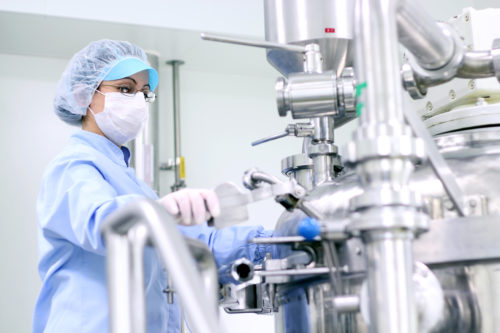
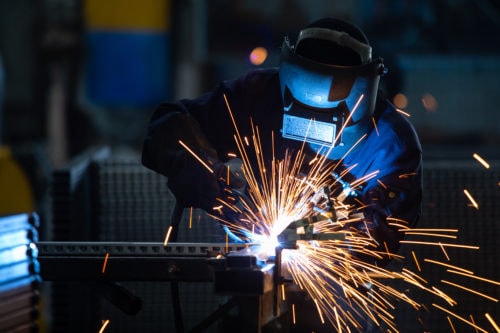
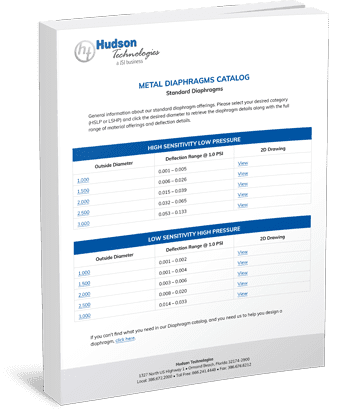


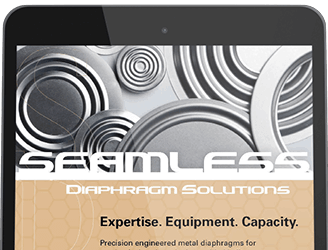

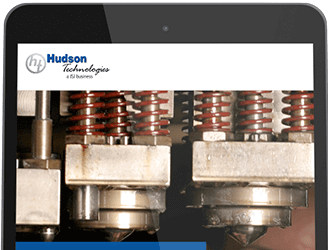




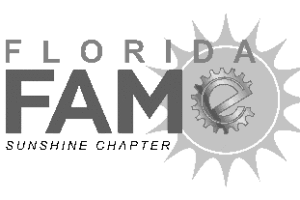

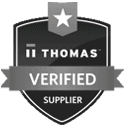

Leave a Reply